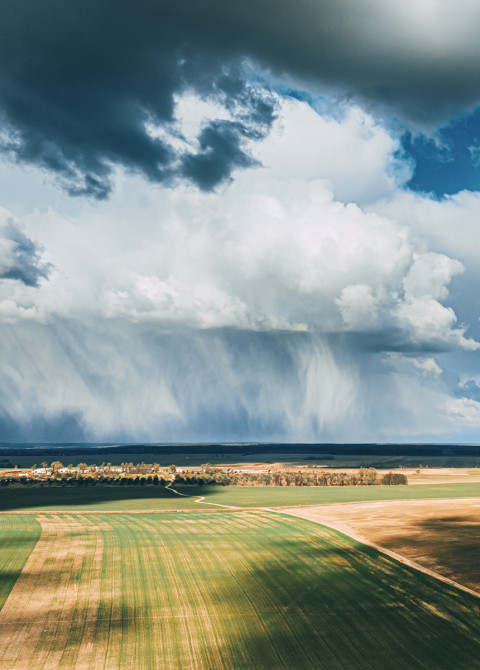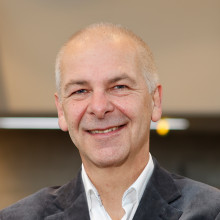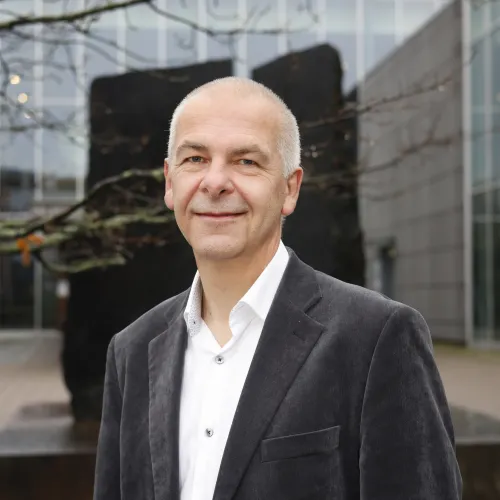The atmosphere contains thousands of chemical compounds and particles that affect the weather, air quality, and climate. Understanding these interactions is vital, but they are too complex to study using conventional methods.
This is why a joint research team between LUT University and Helsinki University is using AI to model these intricate processes.
“Our work is bridging the gap between atmospheric science and AI, offering new ways to analyse the chemical compounds and simulate particles in the air,” says Michael Boy, professor of atmospheric science and applied mathematics at LUT University and the University of Helsinki.
Aerosols significantly impact both climate and health
The research team in Lahti is focusing in particular on aerosols, the small particles in the air that play a critical role in the atmosphere. These tiny particles influence cloud formation and the Earth’s radiation balance, cooling the planet by approximately half a degree Celsius by reflecting sunlight. However, they also pose significant health risks when inhaled, particularly in areas with high pollution levels.
“Small particles can penetrate deep into the lungs and bloodstream through the respiratory tract. This is especially harmful to vulnerable populations like infants and the elderly. Exposure to fine particles can cause long-term respiratory illnesses, Parkinson's, or Alzheimer’s,” Boy notes.
Aerosols are also crucial for climate scenarios, particularly predicting cloud movements more effectively. However, understanding their behaviour is challenging.
“Our work provides the computations codes needed to predict the behaviour of aerosols more effectively. This will allow us to create more accurate predictions of weather patterns and air quality,” Boy adds.
Subscribe to our Curious People newsletter

AI enhances speed and precision in atmospheric research
By using AI, the research team is creating neural networks that mimic the interaction of chemical compounds and aerosols in the atmosphere. This allows for a faster and more efficient way to predict the effects of these reactions on weather and air quality compared to traditional methods.
”With neural networks, predictions can be made at least 20 times faster. For example, a 24-hour weather forecast would take about 7-8 hours using traditional chemical modelling. With neural networks, the same forecast can be done in under a minute”, says Zhi-Song Liu, associate professor of computational engineering at LUT School of Engineering.
Faster and more accurate forecasts will also help predict storms and droughts, which can be crucial for disaster prevention or agriculture. On a global scale, the forecasts will help to understand the impacts of climate change and how different regions affect each other.
Insights from these models also help to effectively reduce pollution. For example, they can demonstrate the effects of cutting traffic or agricultural burning, reducing health risks and improving air quality.
“By understanding how chemical compounds interact and spread, we can better project when risks will be highest and advise people in high pollution zones to take precautions and stay indoors,” Liu explains.

Bridging disciplines for breakthroughs
The research team comprises both experts in atmospheric science as well as in AI technologies on a scale that is unique even on a global scale. The collaboration between the different experts is supported by the members working side by side in shared offices in Lahti, which encourages collaboration and accelerates innovation.
“This unique setup allows our team to learn from each other daily, pushing the boundaries of what’s possible in both fields. It’s exciting to see especially the young researchers catch the spirit of discovery and bring fresh ideas to the table”, says Boy.
As for future opportunities, Liu is especially excited about scaling AI applications from regional to global models with finer resolution. This could allow for real-time global climate predictions.
“By continuing to decode the complexities of the air we breathe, we can have a profound impact on climate action, public health, and our understanding of the world around us,” he says.
More information:







